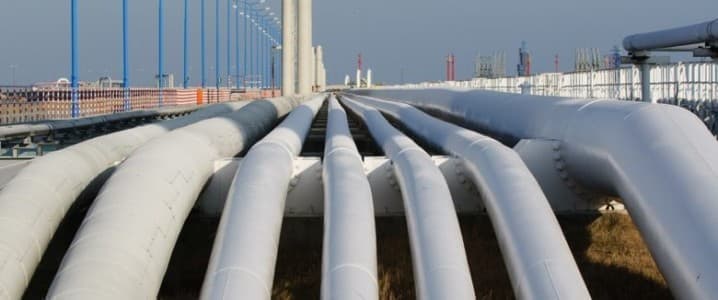A recent World Energy Employment report by the International Energy Agency (IEA) has revealed that jobs in the global oil and gas industry have now fully recovered, and even exceeded, pre-pandemic levels. According to the report, the global upstream oil and gas sector now employs 11.5 million people, with growth being particularly robust in the LNG sector where jobs have increased 33% since 2021 thanks to an abundance of fresh investments. Availability of employment opportunities has, however, been very uneven with National Oil Companies (NOCs) employing about three times as many workers per dollar invested in upstream oil than International Oil Companies (IOCs).
On a regional basis, the Middle East has recorded the strongest growth, a trend that dates back to 2019. The Middle East also stands out as the only region where upstream oil and gas investments have exceeded pre-pandemic levels. Overall, global employment in the energy sector increased by 3.4 million over pre-pandemic levels to 67 million in 2023. Interestingly, many of the new jobs in the energy sector are in construction and manufacturing, which represent over half of the energy jobs today after growing by 2.6 million jobs since 2019.
Another finding: the world is not about to run out of oil and gas due to underinvestment with global research and consultancy group Wood Mackenzie saying that the current global upstream investment clip of around $500 billion per annum is sufficient to meet peak oil demand in the 2030s. According to WoodMac, the global energy sector will generate enough oil and gas through 3 main routes: the development of giant low-cost oil resources, relentless capital discipline and a transformational improvement in investment efficiency. WoodMac has predicted peak oil demand at 108 million barrels per day (bpd) in the early 2030s before entering a phase of terminal decline.
Clean Energy Creating More Jobs Than Oil & Gas
Another important trend has emerged whereby the clean energy sector is creating more jobs than fossil fuels. The IEA report says that the clean energy sectors added 4.7 million jobs globally in the post-pandemic period with the sector now employing 35 million people. In contrast, fossil fuels jobs have only recovered slowly after the epic layoffs in 2020 and remain around 1.3 million below pre-pandemic employment levels, at 32 million. Related: ExxonMobil vs. Google: Profits and Perceptions Explained
The report outlines five major sectors of the energy industry that have created the most jobs post-pandemic. These are solar PV, wind, electric vehicles (EVs) and battery manufacturing, heat pumps, and critical minerals mining. These five sectors employ around 9 million people currently. Solar PV has emerged as the largest job creator with 4 million jobs currently. However, EVs and EV battery manufacturing have been the largest source of growth.
Clean energy has seen robust job growth in nearly all the major geographical regions of the world. In contrast, many regions have recorded a decline in fossil fuel jobs, with the global figure only managing to increase due to strong growth in the Middle East, India and Indonesia.
As you might expect, job growth in China’s booming clean energy sector has been robust, with 60% of the country’s energy workforce currently working in the sector compared to 50% just four years ago. China's clean energy manufacturing employs 3 million people, particularly in solar PV and EV battery sectors.
Clean Energy Investments Surpass Fossil Fuels’
But it’s not just in job creation that clean energy is trouncing fossil fuels. Back In May, the IEA reported that clean energy investments are on track to hit $1.7 trillion in the current year, with solar set to eclipse oil production for the first time in history. IEA has forecast that the coal, gas and oil sectors will receive $1.1 trillion in investments in 2023.
Global clean energy investment is expected to grow 24% between 2021 and 2023, mainly driven by renewables and electric vehicles, significantly higher than the 15% rise in fossil fuel investment over the same period. The IEA says that 90% of this increase has come from advanced economies and China, with China becoming ever more dominant. Low-emissions electricity technologies are expected to account for almost 90% of investment in power generation. Meanwhile, global heat pump sales have seen double-digit annual growth since 2021 while EV sales are expected to surge 33% in the current year.
“Clean energy is moving fast – faster than many people realize. This is clear in the investment trends, where clean technologies are pulling away from fossil fuels. For every dollar invested in fossil fuels, about 1.7 dollars are now going into clean energy. Five years ago, this ratio was one-to-one. One shining example is investment in solar, which is set to overtake the amount of investment going into oil production for the first time,” IEA Executive Director Fatih Birol has said.
By Alex Kimani for Oilprice.com
More Top Reads From Oilprice.com:
- China's Shift to Renewable Energy Could Curb Emissions Sooner Than Expected
- What Caused the Recent Drop in Oil Prices? Goldman Trader Chimes In
- Armenia Turns to Iran To Reduce Energy Dependence on Russia


















